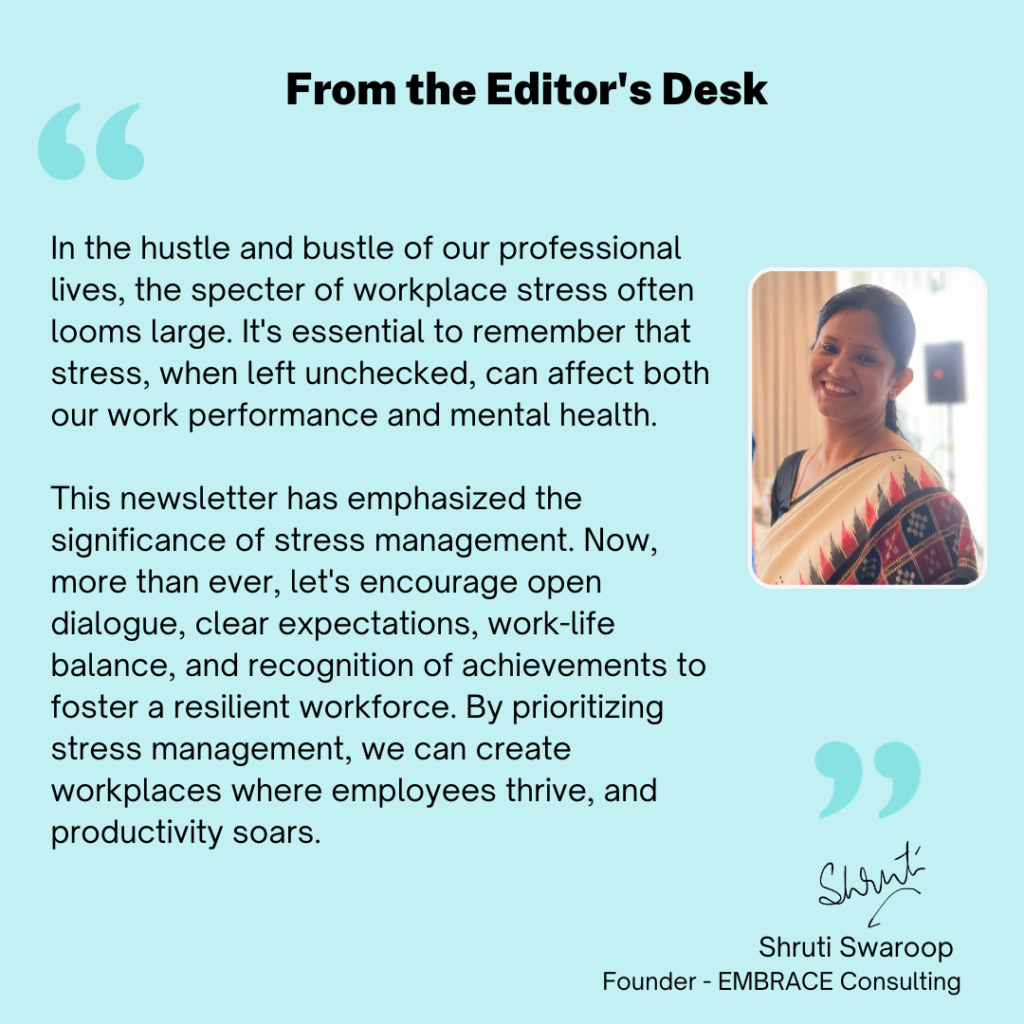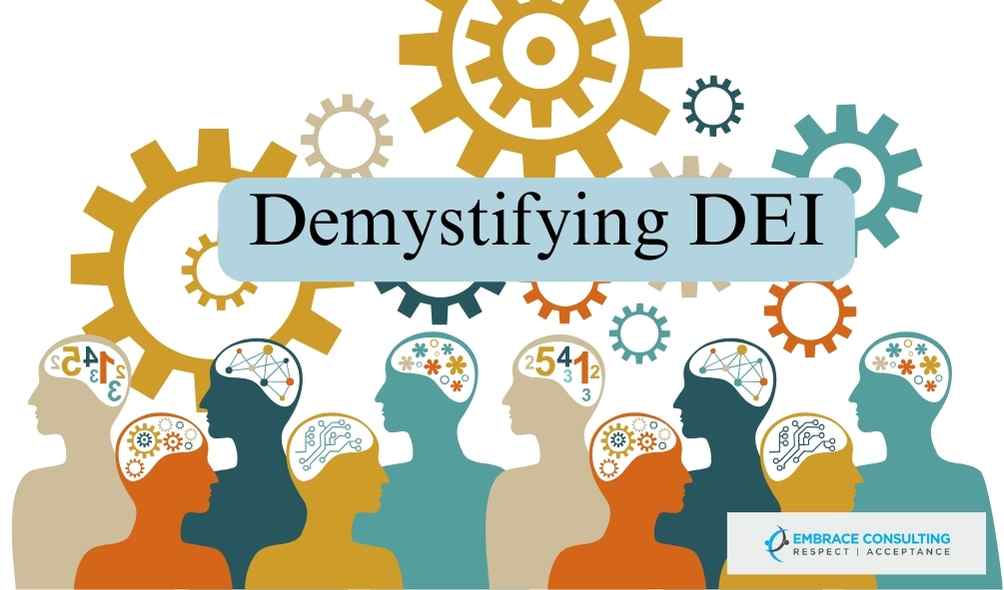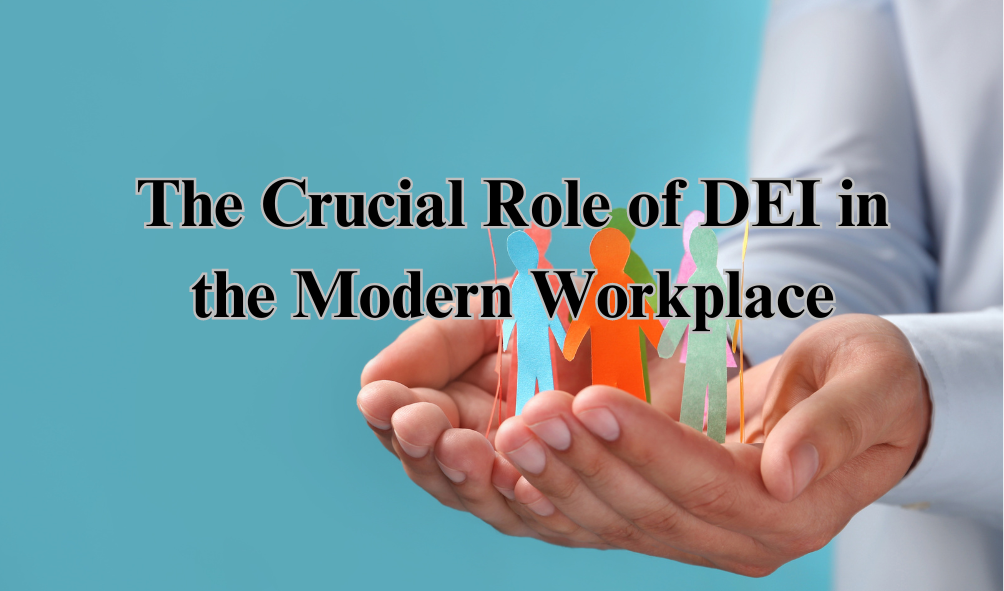
Work-related stress is a global concern, with an increasing number of employees experiencing higher levels of stress compared to previous generations. This article explores the prevalence of workplace stress, its detrimental effects on employees and organizationike jordan paname sexy ladies night wear yeezy boost 350 v2 aguilas cibae?as jersey nike air max 270 women’s sale bayern shirt 22 23 yeezy shoes wig shop yeezy shoes for sale custom jersey nike nba miami heat sexy ladies night wear cheap jordan 1 jordan wmns air 1 mid sneakers alte zion nike jordanns, and the benefits of effective stress management. It also offers practical strategies for identifying stress triggers and coping with stress at work. The American Institute of Stress reports that 75% of employees believe they experience more on-the-job stress than previous generations. Alarmingly, one in four employees considers their job as the primary source of stress in their lives.
The Harmful Normalization of Workplace Stress:
In contemporary work environments, there is a concerning trend of normalizing stress as a sign of success. Employees often feel pressured to accept high levels of stress as a badge of honor, which can take a toll on their mental and physical health. Contrary to this trend, it is essential to recognize that work-related stress poses a significant threat to employees’ health and can undermine an organization’s profitability.
Identifying Triggers and Effects of Work-Related Stress:
Chronic workplace stress manifests in various detrimental ways, including physical, emotional, and cognitive symptoms. Some common effects of workplace stress include headaches, exhaustion, slow reaction times, forgetfulness, anxiety, and depression. Research also suggests that excessive job pressure can hamper productivity and motivation, leading to poor work performance and impulsive actions. Long-term exposure to workplace stress is associated with severe health issues, including cardiovascular diseases, immune deficiencies, and deteriorating mental health. Recognizing the detrimental impact of stress, organizations are increasingly adopting holistic approaches to workplace management and team dynamics.
Common Sources of Workplace Stress:
Workplace stress can arise from various factors, including:
- Poor Workplace Relationships and lack of support: Conflicts with colleagues, feelings of isolation, and non-inclusive work environments can lead to stress. Inadequate support, training, and guidance from Leaders can cause confusion and frustration.
- Long Hours and Heavy Workloads and Unhealthy Working Environment: Increasing pressure to work longer and harder can lead to significant employee strain. Workspaces plagued by bullying and harassment can be major stressors, impacting employee well-being.
- Organizational Changes: Poorly planned structural changes within an organization can exacerbate stress.
- Job Insecurity: Economic volatility can result in job insecurity, leading to increased workloads for remaining employees.
- Lack of Autonomy: Employees with excessive responsibilities and limited decision-making authority may become demotivated.
- Workplace Discrimination: Racial, gender, and disability discrimination can cause significant stress for those experiencing such biases.
- Outdated Tools and Technologies: Inefficient, outdated technology can hinder productivity and frustrate employees.
- Unclear Expectations: Vague instructions and expectations from leaders can lead to conflicts and stress.
Negative Effects of Workplace Stress
Workplace stress contributes to a range of negative outcomes for both employees and organizations, including:
- Low Morale and Motivation: Stress-induced pressure to meet tight deadlines often leads to reduced morale and motivation, negatively impacting team productivity.
- High Employee Turnover: Stressful work environments result in high turnover rates as employees seek less stressful opportunities elsewhere.
- Poor Mental Health: Stress is a significant contributor to mental health issues, including depression and anxiety.
- Declining Physical Well-Being: Stress is linked to sleep disorders, weight gain, cardiovascular diseases, hypertension, weakened immune systems, gastrointestinal problems, and increased risk of heart attacks.
- Strained Relationships: Workplace stress hinders the formation of positive relationships among employees and can strain personal relationships.
- Reduced Work Quality and Work-life Imbalance: Stress impairs focus, decision-making, and rational thinking, leading to lower-quality work. Overworked employees struggle to balance their professional and personal lives, exacerbating stress levels.
Benefits of Workplace Stress Management:
Effective stress management in the workplace offers several advantages:
- Greater Job Satisfaction: Employees equipped with stress management skills are more likely to find satisfaction in their jobs.
- Reduced Employee Turnover: Happy employees are less inclined to seek alternative employment, reducing turnover rates.
- Improved Work Quality: Calm employees communicate effectively, produce higher-quality work, and meet employers’ expectations.
- Enhanced Self-Worth: Stress-resilient employees feel valued and respected, improving their self-worth and willingness to contribute to collaborative projects.
- Better Physical Health: Stress management leads to improved overall health and reduced risk of disease.
Navigating Workplace Stress:
To navigate and conquer workplace stress, consider these strategies:
- Identify Stress Triggers: Recognize what causes stress in your work environment and identify any recurring patterns.
- Establish Work-Life Balance: Prioritize personal time and maintain a healthy work-life balance to prevent burnout.
- Seek Professional Help: Consult a coach or counselor if stress becomes overwhelming, as they can offer guidance and relaxation techniques.
- Stay Organized: Create schedules, manage time effectively, break tasks into manageable sections, and maintain an organized workspace.
- Practice Mindfulness: Dedicate time for mindful breathing and relaxation exercises during the workday.
- Communicate with HR or Management: Address factors contributing to stress with HR or management to make necessary workplace improvements.
- Prioritize Sleep: Ensure you get adequate sleep for better stress management.
- Maintain a Healthy Diet: Proper nutrition can positively impact mental health.
- Cultivate Workplace Relationships: Foster positive relationships with colleagues to create a supportive work environment.
Workplace Stress Management Programs and Workshops:
To effectively manage workplace stress, organizations should consider multifaceted programs that include:
- Primary Interventions: Focus on preventing stress and promoting well-being for all employees, including conflict management and wellness programs.
- Secondary Interventions: Aim to remove risk factors and enhance coping skills, such as employee fitness programs and job redesign.
- Tertiary Interventions: Provide support for employees who require assistance, including counselling and employee assistance programs.
- Assessing Stress: Several questionnaires and scales are available to measure current stress levels and assess the risk of future.
Workplace stress has become a pervasive issue worldwide, affecting the well-being of employees and the performance of organizations. Despite increased investments in well-being initiatives, many employees feel that their employers are not doing enough to address this issue. To effectively combat workplace stress, organizations must adopt a holistic approach, promoting open communication, clarity in expectations, work-life balance, and recognition of employees’ efforts. Leadership plays a pivotal role in setting the tone for stress management, emphasizing the importance of practical interventions and creating a supportive work environment.
76% of Indian Workers says stress negatively impacting work
Richa Bhattacharyya | 17 Aug 2023
A survey conducted by ADP Research Institute reveals that 76% of Indian workers feel that stress negatively impacts their work performance, and 49% believe it affects their mental health. Globally, 65% of workers share concerns about stress affecting their work, with 47% expressing similar worries about their mental well-being, a slight decrease from 53% the previous year. The survey, “People at Work 2023: A Global Workforce View,” examines employees’ attitudes toward the current work environment. Interestingly, more professionals feel less supported by their Leaders in terms of mental health at work. In India, the proportion of workers feeling supported by their Leaders dropped from 80% in 2022 to 71% in 2023, while globally, it fell from 70% in 2022 to 64% in 2023. Despite 71% of Indian employees feeling comfortable discussing mental health at work, 56% believe that their Leaders or colleagues may lack the necessary tools for these conversations without preconceived notions.
Workplace stress has increased this Year
Zee Johnson | 22 July 2023
A recent poll by Robert Walters has found that 60% of professionals are experiencing workplace stress this year, with 45% attributing it to concerns about job stability. Of those surveyed, 34% reported experiencing stress “very often,” 26% said “somewhat often,” and 30% mentioned it happening “sometimes,” while only 10% claimed not to have experienced recurring stress. Despite 22% of businesses increasing well-being initiatives post-pandemic, 62% of respondents feel their employers are not doing enough to combat workplace stress, compared to 14% who believe adequate efforts are being made. Respondents also cited various stress factors, including long work hours, heavy workloads, tight deadlines, lack of pay increases, unclear job expectations, job insecurity, and conflicts with colleagues or supervisors. Peter Milne, Managing Director of Robert Walters North America, emphasized the need for a more nuanced approach to addressing workplace stress. He cautioned that simply increasing financial investment in wellness initiatives may not be sufficient and that organizations should listen to their employees’ needs while avoiding excessive pressure on Leaders.












